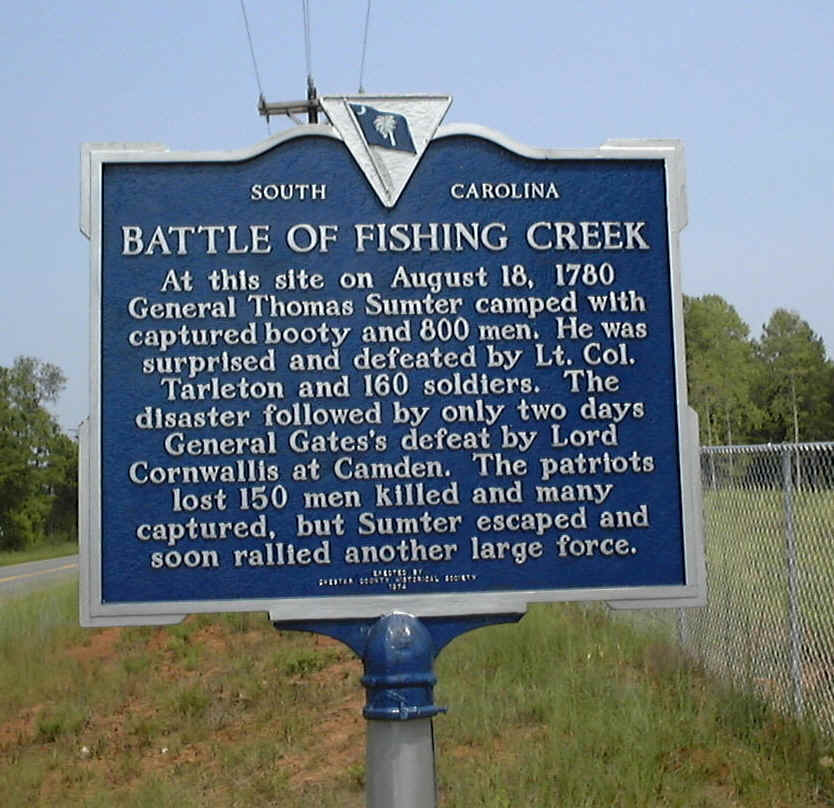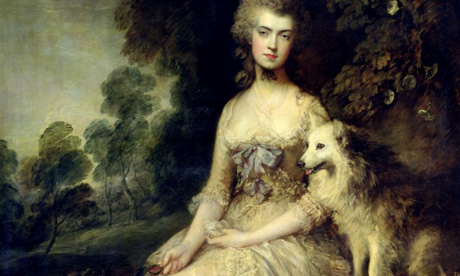23 April the Austria sends an ultimatum to Piemonte disarmament within three days. It's an opportunity patiently waiting from Cavour to start the war. The time required, the Austrians invade Piedmont with intent to defeat the Sardinian army before the arrival of ally. The Piedmontese impede the advanced of Marshal Ferencz Gyulaj flooded rice paddies of lomellina and Vercellese; the French, through the Moncenisio and from Genoa reach quickly the battlefield. II, may 20, the Austrians have fought to Montebello. While Gyulaj awaits with the bulk of the passage of the enemy troops around Piacenza, Napoleon III ° the draws misled by passing the Po to Casale and moving fast French army from Alexandria to Novara for targeted towards Milan. Only then defeats suffered on 30 and 31 May to Vinzaglio and Palestro command Austria-Hungary realizes the trap and order that the bulk of the army has moved through Vigevano and Abbiategrasso, from Lomellina to Magenta. Recede establishing a defensive line between Naviglio Grande and Ticino; blasting the great Napoleonic of Boffalora, bridge between Magenta and Trecate, but resists and partly remains passable. The night of 2 and 3 June French genius, protected by artillery, sheds, facing Turbigo, a bridge of boats of 180 metres. Starts the move of the 2nd Corps under the command of Gen. Edme Patrice de Mac-Mahon which supports the first clashes in Turbigo and Robecchetto. On the morning of 4 Mac Mahon divides his troops into two columns by directing 2nd div. Of January. Espinasse towards Marcallo and 1st Div: De La Motterouge towards Boffalora. Meanwhile, the Austrian troops are slow to arrive and the gen Clam-Gallas has its forces to triangle with vertices to Magenta, Marcallo and Boffalora. Soon ode Cannon Thunder Napoleon IThe °, from his Observatory in torre di s. Martino al Basto, Piedmont shore of Ticino, convinced that the attack of Mac Mahon is in place, order troops waiting to move to the ponti sul Naviglio Grande of Boffalora, Ponte Vecchio and Ponte Nuovo. The Austrians are skipping the first two; Ponte della Dogana with railroad, a little further downstream, remain so the only step to reach the left bank of the channel. But Mac Mahon is stationary waiting to coordinate the movements of its columns and the 3rd Corps French late arriving, from Novara, on the battlefield. Meanwhile, Began to arrive from Abbiategrasso the bulk of the Austrian troops whose entry online makes the critical situation for the French to the point that in Vienna is sent a telegram that announces a landslide victory. After fierce fighting the French uncertain outcome manage to pass on deck Again only when the Austrians, threatened on the right flank by Mac Mahon which incorporated attack Boffalora, retire to Magenta. In fighting falls on Jan.. Clér. The battle rages around the railway station of Magenta; the canteen on abandon positions and retire homes to defend alleyways terrain. The gen. Espinasse is hit near Casa Jacob, but his column and Mac Mahon with a manoeuvre pincer, exceed the railroad ballast and attack the enemy entrenched in the village. Towards evening the Bersaglieri's div. of January. Manfredo Fanti and Piedmontese artillery batteries of gen. Durando arrive to cover the left flank and participate roundups ally in the village. Gyulaj understands that they have lost the game and retires meditating a counterattack that won't happen. In the evening of 4 June, after the victorious battle, Emperor Napoleon III ° appointment Mac Mahon Marshal of France and Duke of Magenta. 8 June 1859, while at the melegnano allies, defeat again the Imperials, Napoleon III °, Emperor of France and Vittorio Emanuele II, King of Sardinia, entering winners parading in Milan under the Arch of peace, to Sempione. To Magenta, initially, the warhost Franco-Sardinian mise in field 58,000 against 62,000 of lmperial Regio Austrian army. French losses than the day they amounted to 4,500 units while the Austrians had 10,000 men out of combat. The battle of Magenta that allowed the release of Milan and Lombardia marked the beginning of the journey towards the unification of Italy
Thursday, 14 October 2010
Tuesday, 12 October 2010
Ban Tarleton patriot
 SIR BANASTRE TARLETON (1754-1833), English soldier, was the son of John Tarleton (1719-1773), a Liverpool merchant, and was born in Liverpool on the 21st of August 1754. Educated at Oxford he entered the army, and in December
SIR BANASTRE TARLETON (1754-1833), English soldier, was the son of John Tarleton (1719-1773), a Liverpool merchant, and was born in Liverpool on the 21st of August 1754. Educated at Oxford he entered the army, and in December engagement with Thomas Sumter at Fishing Creek, or Catawba Fords,
engagement with Thomas Sumter at Fishing Creek, or Catawba Fords, but was not equally successful when he encountered the same general at Blackstock Hill in November 1780; then in January 1781, in spite of much personal valour, he was defeated with heavy loss at Cowpens. Having been successful in a skirmish at Tarrants House, and having taken part in the battle of Guilford in March 1781, he marched with Cornwallis into Virginia, and after affording much assistance to his commander-in-chief he was instructed to hold Gloucester. This post, however, was surrendered to the Americans with Yorktown in October 1781, and Tarleton returned to England on parole. In 1790 he entered parliament as member for Liverpool, and with the exception of a single year he remained in the House of Commons until 1812. In 1794 he became a major-general; in 1812 a general; and he held a military command in Ireland and another in England. In 1815 he was made a baronet. He died without issue at Leintwardine in Shropshire on the 25th of January 1833.
but was not equally successful when he encountered the same general at Blackstock Hill in November 1780; then in January 1781, in spite of much personal valour, he was defeated with heavy loss at Cowpens. Having been successful in a skirmish at Tarrants House, and having taken part in the battle of Guilford in March 1781, he marched with Cornwallis into Virginia, and after affording much assistance to his commander-in-chief he was instructed to hold Gloucester. This post, however, was surrendered to the Americans with Yorktown in October 1781, and Tarleton returned to England on parole. In 1790 he entered parliament as member for Liverpool, and with the exception of a single year he remained in the House of Commons until 1812. In 1794 he became a major-general; in 1812 a general; and he held a military command in Ireland and another in England. In 1815 he was made a baronet. He died without issue at Leintwardine in Shropshire on the 25th of January 1833. For some time Tarleton lived with the actress Mary Robinson (Perdita),
 and his portrait was painted both by Reynolds and by Gainsborough. Sir Banastre wrote a History of the Campaigns of 1780 and 1781 in the Southern Provinces of North America (London, 1781)
and his portrait was painted both by Reynolds and by Gainsborough. Sir Banastre wrote a History of the Campaigns of 1780 and 1781 in the Southern Provinces of North America (London, 1781) , which, although of some value, is marred by the author's vanity and by his attacks on Cornwallis. It was criticized by Colonel Roderick Mackenzie in his Strictures on Lieutenant-Colonel Tarleton's History (1781) 'and in the Cornwallis Correspondence.
, which, although of some value, is marred by the author's vanity and by his attacks on Cornwallis. It was criticized by Colonel Roderick Mackenzie in his Strictures on Lieutenant-Colonel Tarleton's History (1781) 'and in the Cornwallis Correspondence.
Subscribe to:
Comments (Atom)
